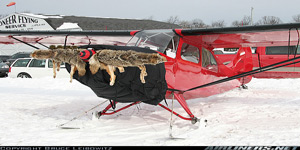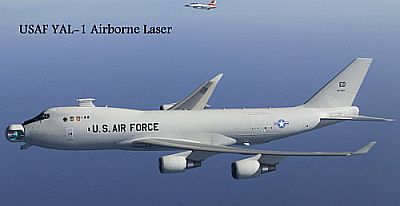Supermaneuverability is the new kid on the block as far as dog fighting is concerned. It really didn't start to develop into its current form until the 1980s, which is why you are only just seeing western aircraft with this capability.
The whole thing hinges on post-stall maneuverability. Typically in a stall, aircraft lose a majority of their control effectiveness and are designed to nose down in the event of the stall for the purpose of recovery. As fighters evolved, they got lighter and more powerful. The previous generation of fighters started to approach 1:1 thrust weight ratios (or even exceed 1:1 in lightly loaded situations). With that kind of power on tap, people started thinking about ways of using stalls to point the nose quickly, then using power to drive out in the desired direction. In order to do so effectively, the aircraft needs to be designed in such a way that it is still readily controllable through and past the stall. Most older aircraft are simply not designed for this because with less power, there isn't anything to be gained in the post-stall regime. At this time, the most popular way of achieving post-stall maneuverability is though the use of thrust vectoring, which is the system you see coming out up many next generation fighters.
So, to put it in simple terms. Two requirements for supermaneuverability:
1 - Post-stall maneuverability
2 - Better than 1:1 thrust to weight ratio
Developments in supermaneuverability are not limited to the world of fighters. In recent years "3D" flying has become wildly popular among R/C aircraft. Supermaneuverability is a large part of 3D flying. Instead of using thrust vectoring to achieve post-stall maneuverability, R/C aircraft use the prop-wash from high-powered engines to maintain control effectiveness well into the stall regime as seen here:
http://www.youtube.com/watch?v=oHS6d4zOqF0

 People Eating Tasty Animals.
People Eating Tasty Animals.







